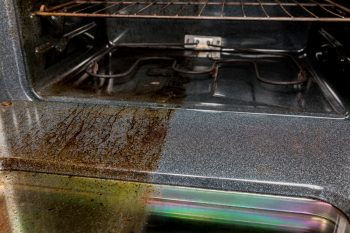
Have you ever wondered why some clothes seem to bleed when washed? Maybe it’s because of the color, or maybe it has to do with the fabric.
Whatever it is, there are ways to prevent your clothes from bleeding while they’re in the wash.
Did you know that only about 20% of your clothes are stained by color bleed? However, that percentage can be lowered if you use a few simple steps to prevent color bleeding from occurring in the first place.
Color bleeding is when colors bleed and stain patches of colors onto other cloths, such as red and blue. Here are the steps to prevent color bleeding in the laundry.
- Sanitize the washer and dryer.
- Put a couple of pennies in the bottom of the drum of the washing machine for a few minutes.
- Use a small amount of bleach.
- Wash your clothes in cold water.
- Rinse our clothes and hang them for drying.
Take note of these steps to avoid color bleeding in your laundry.
Have you ever wondered how to keep clothes from bleeding on the first load after washing? Well, it’s possible.
This article outlines the ten easy steps to prevent color bleeding in the laundry.
How To Prevent Color Bleeding in Laundry
Making sure your white shirts stay white is the first thing that comes to mind when discussing bleaching. But there are times when you want to ensure that your laundry isn’t bleeding or showing any signs of becoming yellow or, worse yet, red.
Here are the ten easy steps to prevent color bleeding in the laundry.
1. Check the Color Chart Before You Start
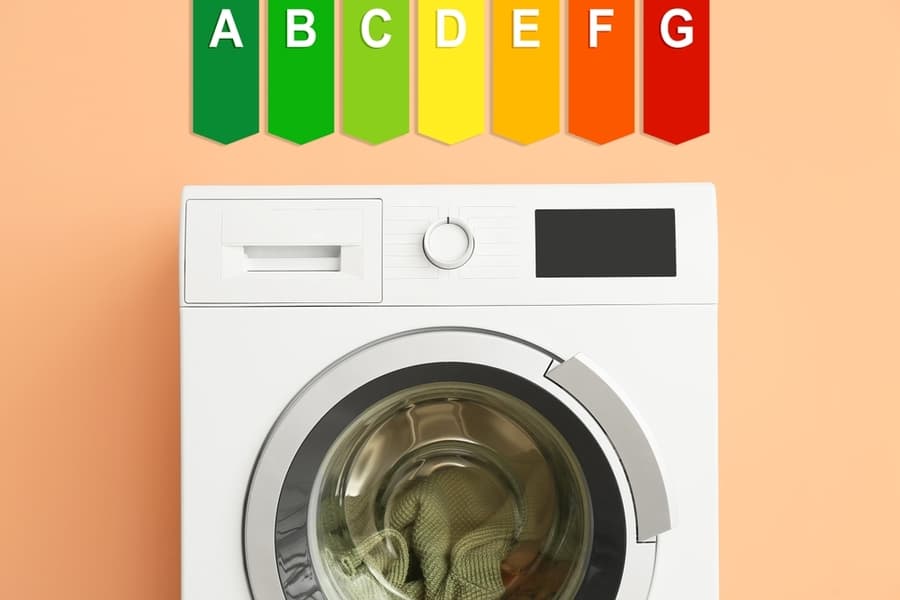
When washing your clothes in the washer, it’s a good idea to check the color chart before you start. You can do this by looking at the instructions that come with your washer.
This ensures that the colors are correct and that any new detergent you use is compatible with the specific washing machine or dryer you intend to use.
Make sure that the colors you select are compatible with each other. For example, if you choose blue for one side of your shirt and yellow for the other, the yellow may bleed into your blue shirt.
If you don’t have access to a color chart and want to know if it’s safe for your clothes before you go ahead and wash them, then there are other ways to determine whether or not it will work on your load of laundry.
Check whether or not it has been tested on synthetic fabrics like polyester and nylon. These are likely safe because they aren’t naturally occurring and cannot be sensitive to specific chemicals like chlorine bleach or peroxide.
2. Determine What Type of Clothing You Are Washing
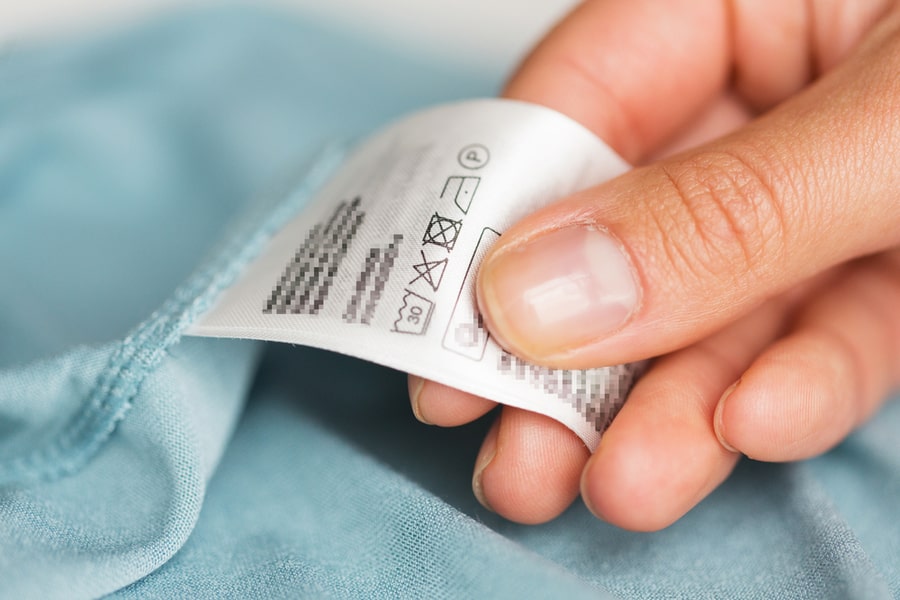
It’s essential to determine what type of clothing you’re washing before you begin any laundry process. It’s easy to get confused when dealing with different types of clothing, and it can be a bit confusing for even the most experienced launderer.
The thing you need to do is determine what type of clothing you have. For example, if you are washing towels, it makes sense that washing them in cold water is the best way to prevent color bleeding.
However, if your clothes are made from wool or silk, they will require a different method of care than cotton or polyester.
Once you know what fabric is on your garments, you can determine how best to care for them before beginning any laundry process.
3. Choose a Detergent That Will Work With Your Machine
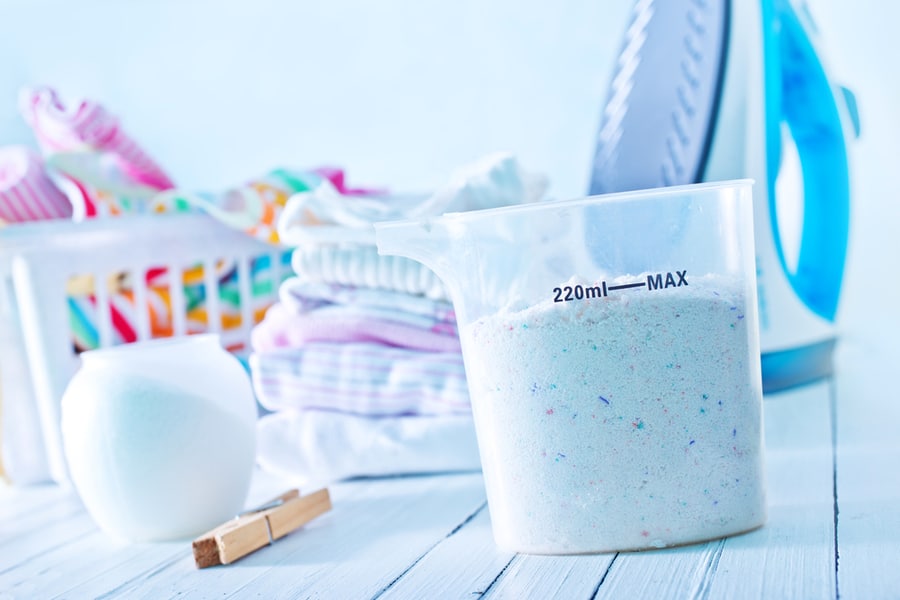
Choosing a detergent that will work with your machine is the most critical step to prevent color bleeding. If you are using a front-loading machine, look for one with an HE (high efficiency) rating.
These washing machines use less water and energy than conventional machines, so they don’t require as much detergent to clean your clothes.
If you have a top-loading machine, choose one with a low sudsing action. This detergent has fewer suds than regular detergents and can help reduce color bleeding.
You don’t want to use a detergent that doesn’t work with your machine, so choose a detergent that will work with your machine. Here are some excellent tips to help you choose the right detergent:
- If you have an older machine, purchase an all-purpose or bleach-based detergent. These detergents are formulated specifically for machines with no HE setting.
- Choose a bleach-based detergent if your washing machine has a hot water setting. These types of detergents are formulated specifically for machines that have hot water settings.
- Look for an eco-friendly product free from phosphates, dyes, and other harmful chemicals in some regular laundry detergents. You can also check labels for plant-based ingredients like coconut oil or grapefruit seed extract to see if they are included in the formula.
- Pick a detergent based on the fabric’s washing instructions. Some fabrics require one type of detergent, while others require another.
- Color bleeding can occur if you use colored detergents, so avoid using those in your laundry.
4. Put the Right Amount of Detergent in Your Washer
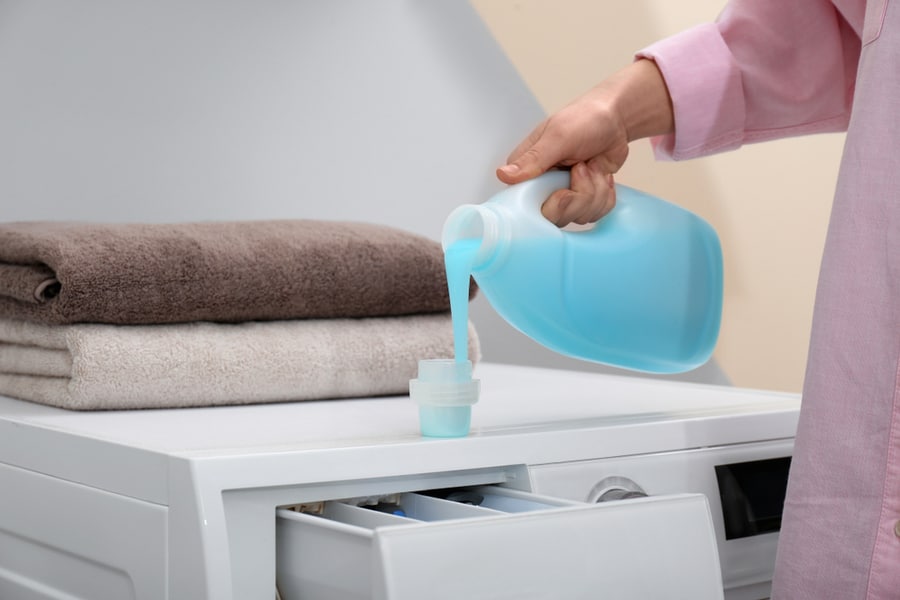
Filling your washer with too much can spill over into the drain and leave spots on your clothes.
The first step to preventing color bleeding is knowing how much detergent to put in your washer. Most residential washers have a fill level indicator that lets you know when to stop filling. Then, if there’s still room for more, add it in small portions until the indicator reads “full.”
If you’re having trouble finding an indicator, look for a sign that says “empty” or “refill.” You may also find one that has a number representing how much detergent is left in the drum.
2/3 full would mean there’s room for 2/3 of the quantity directed by manufacturer guidelines. Start with half that amount and add slowly until your machine is full or until the reading indicates completion.
- Fabric softeners are not recommended for colorfast fabrics because they contain ingredients that can reduce the strength of the water. Even if you use fabric softeners on your colorfast garments, they may still bleed.
- It’s important not to mix two harsh chemicals because they can cause a chemical reaction that can damage the fabric.
5. Use a Gentle Cycle
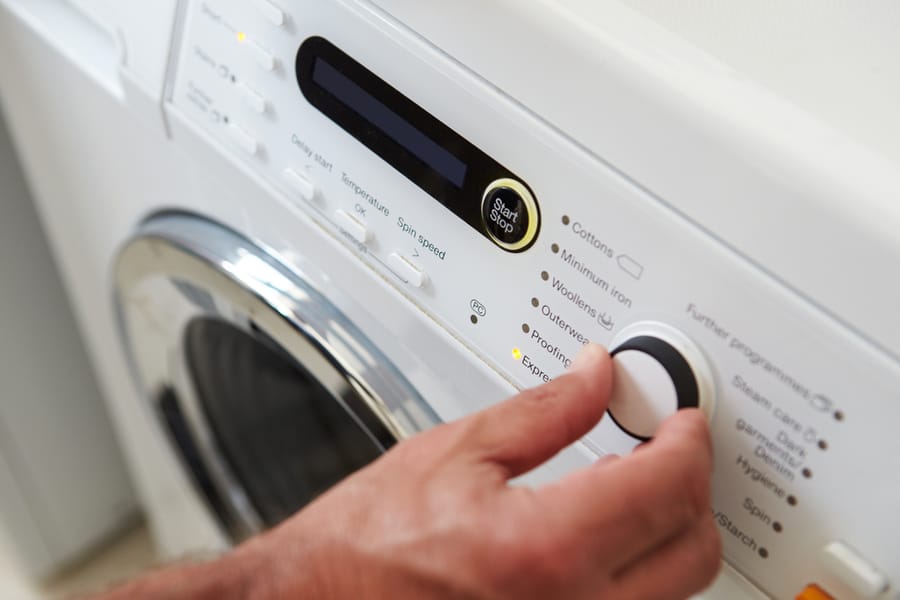
The gentle cycle uses less agitation and heat than the regular cycle, allowing you to wash more items at once without sticking them together or causing other problems.
The gentle cycle also has less water and detergent than the regular cycle, which makes it easier on your clothes. This can help reduce the water needed for your laundry, which means less wasted water in your home.
- Washing machines should not exceed 60 degrees. If your washing machine is set to a high heat setting, it will be very hot when it starts. This can cause color bleeding on your clothes.
- If you have doubts about the color bleeding, check the washer label and the instructions. If there is a specific setting for colors to be washed separately, use it.
6. Use Cold Water

The cold water helps to reduce the temperature of the wash and allows for a more gentle cleaning process, preventing color bleeding. Cold water also aids in the lint reduction process.
Washing with cold water will help remove any excess dirt or grease from your clothes that could cause color bleeding during the spin cycle. Cold water also helps to prevent any dye transfer from happening during the laundering process.
7. Rinse the Machine Between Colors
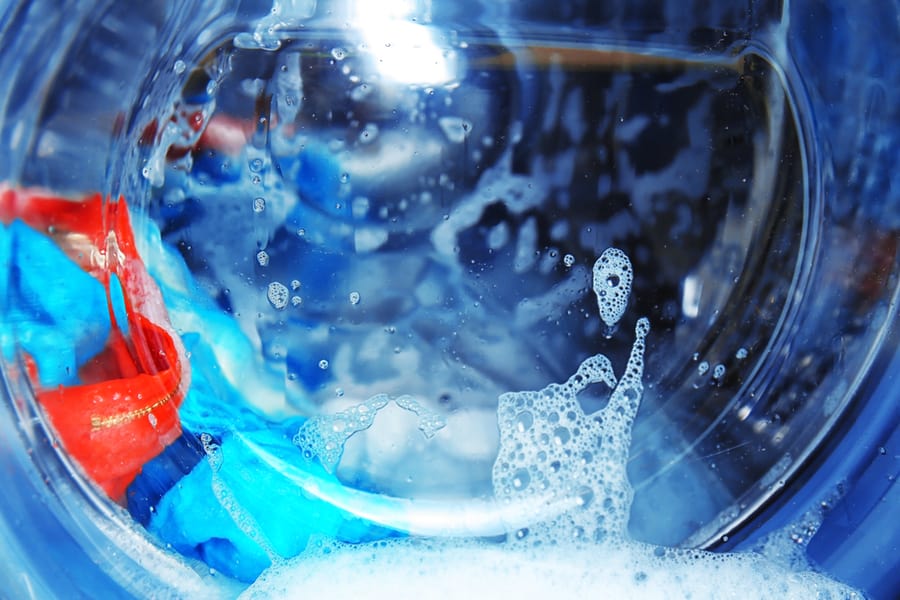
If you’re doing a lot of laundries and are concerned about color bleeding, you can try rinsing the machine between colors.
The idea is that any residue from the previous load will be removed by washing the machine in warm water and then cold water, which will help prevent any bleeding.
If this doesn’t work for you but does seem to help with occasional bleeding, consider buying a pre-wash additive that you add to your wash before putting it into your machine.
8. Avoid Extreme Heat and Direct Sunlight
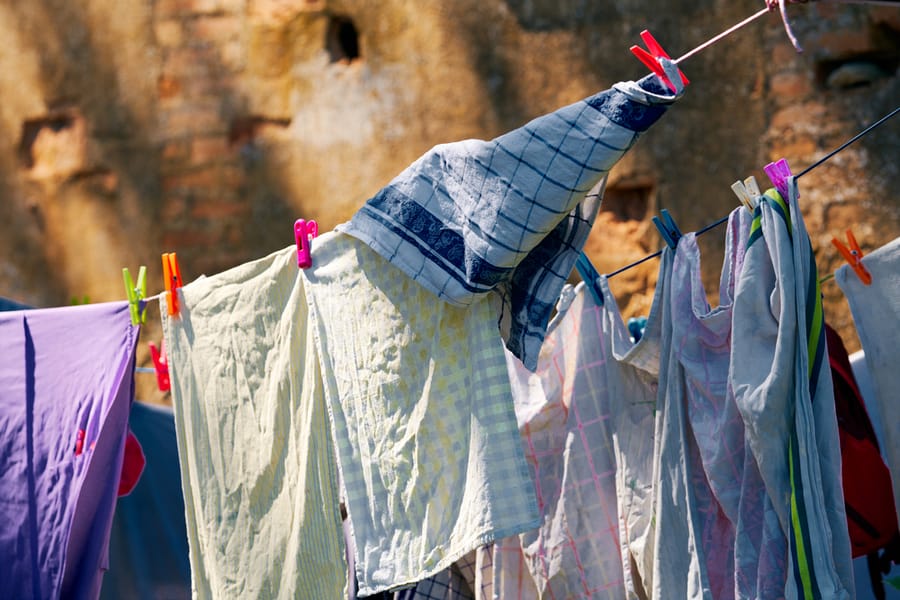
One of the most common causes of color bleeding is exposure to heat or direct sunlight.
To prevent this, keep your laundry away from heat or direct sunlight. Generally, this means draping your clothing over something that will protect it from direct sunlight.
9. Rinse, but Don’t Wring Out All the Water
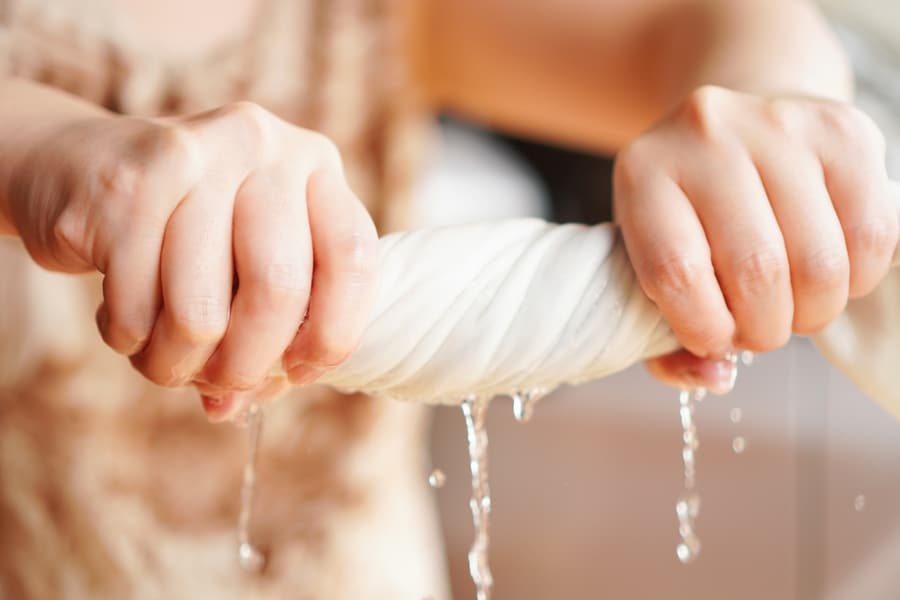
Don’t wring out the water, which will cause the color to bleed, so wring out only as much water as you need to rinse.
Rinse gently. You can use a gentle cycle on your washing machine or run cold water for about five minutes before adding your clothes.
Always use cold water for fabric softener and bleach. These products break down the fibers in clothing, so when you add them to hot water, they break down even more quickly and can cause bleeding.
10. Line Dry Clothes Indoors

Lining dry clothes indoors will help reduce the fading and staining caused by sunlight and washing machines. These items are often left in the sun because they are safer than outdoor dryers.
However, lining dry clothes indoors can cause more damage than it prevents because sunlight can still reach them and cause discoloration.
This is especially true when you use hot water on your clothes to remove stains or wrinkles. If you want to avoid color bleeding, then line drying must be done indoors.
Conclusion
Bleeding can occur in any fabric. And for some, it can be a nuisance. Remember to use a gentle cycle, use cold water, and line dry clothes indoors to prevent all this.
If you need to prevent color bleeding in your linens or whites during the laundry process, this article has shown you ten simple steps to prevent color bleeding in the laundry.
Follow the manufacturer’s guide when using your detergent on your clothes. This can save many of your clothes from bleeding.
Frequently Asked Questions
Does Cold Water Prevent Color Bleeding?
Yes, cold water can help prevent color bleeding. This is because cold water has a lower temperature than warm water, and this causes the dye molecules in the fabric more difficult to dissolve.
How Do You Wash Your Clothes Without Losing Color?
There are several ways you can wash your clothes without losing color. For example, you can use cold water, but ensure you use a small amount of detergent, so it doesn’t get too heavy for the fabric.
You should also wash your clothes gently and dry them on low heat. You may also consider using a spray-on stain remover instead of a liquid one.

